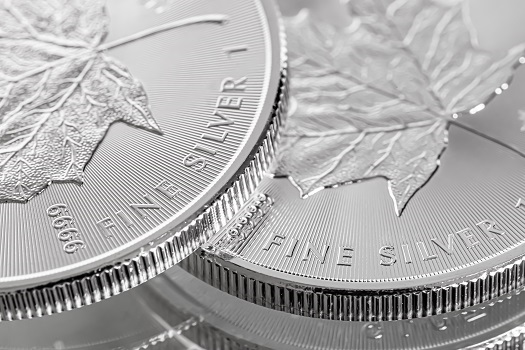Which Coins Are Composed of Platinum?
Platinum is a precious metal that has more practical value than gold, and it’s often overlooked as a potential investment asset. Multiple sectors, from industrial chemicals and jewelry to biotechnology and electronics, frequently use platinum more than other precious metals. Since investors don’t give as much attention to platinum, its price tends to lag behind gold, but this changes when global markets turn bearish.
There was a time when platinum was extensively used for the purpose of issuing fiat currency. Tsarist Russia used platinum for rubles, but this practice was discontinued in the mid-19th century because other currency regulators started using non-precious metals and began to experiment with certificates and foreign exchange markets. From that point on, platinum coins were minted on the basis of their intrinsic value as a precious metal as well as numismatic pieces. Read on for details about some platinum coins that are popular as investment assets, brought to you by the experts from First National Bullion and Coin. San Diego collectors trust us for our extensive industry knowledge and high-quality service.
The American Platinum Eagle
Since 1997, the United States Mint has been issuing these platinum coins, which have face values far lower than their intrinsic or investment values. It’s important to not pay attention to the face value of these coins, which feature denominations of $10, $25, $50, and $100. You generally want the $100 Platinum Eagle because it weighs a full troy ounce.
The Australian Platinum Koala
These interesting coins are issued by the Perth Mint, and they have weights ranging from 1/20 of an ounce to a whole kilogram. Perhaps because of insufficient marketing, these coins never proved to be as popular as the American Platinum Eagles, but they certainly hold their intrinsic value. Not all the animals depicted on the faces of these coins are koalas. Some are kangaroos and dolphins, but most investors prefer the koala.
The Canadian Maple Leaf
The Canadian Mint started issuing these coins in 1979, a very good year for the precious metals mining industry in that country. Weights start at just 1/20 of an ounce, but their face value is uniformly set at 50 Canadian dollars. There’s a potentially high numismatic value for these coins because they all feature the likeness of Queen Elizabeth II at various ages.
The Chinese Platinum Panda
These beautifully engraved coins are starting to become rare because of their uneven minting. Their initial issuance in 1987 took place during a bull rally in the platinum market, thus leading some holders to melt coins into bullion bars. There were also concerns about the grade of the metal because the panda design showed some rubbing, but this was because many superstitious people in Hong Kong and across mainland China would keep single coins in their pockets for good luck.
If you live in San Diego, silver bars, gold bullion, and platinum coins of the highest quality are available at First National Bullion and Coin. We buy and sell all kinds of precious metals, including silver, platinum, gold, and palladium. San Diego collectors who are looking for trustworthy dealers and high-quality service should give us a call at 858-666-6570 to speak with one of our precious metals experts.
The statements made in this blog are opinions, and past performance is not indicative of future returns. Precious metals, like all investments, carry risk. Precious metals and coins may appreciate, depreciate, or stay the same in cash value depending on a variety of factors. First National Bullion does not guarantee, and its website and employees make no representation, that any metals for sale will appreciate sufficiently to earn the customers a profit. The decision to buy, sell, or borrow precious metals and which precious metals to purchase, borrow, or sell are made at the customer’s sole discretion.


